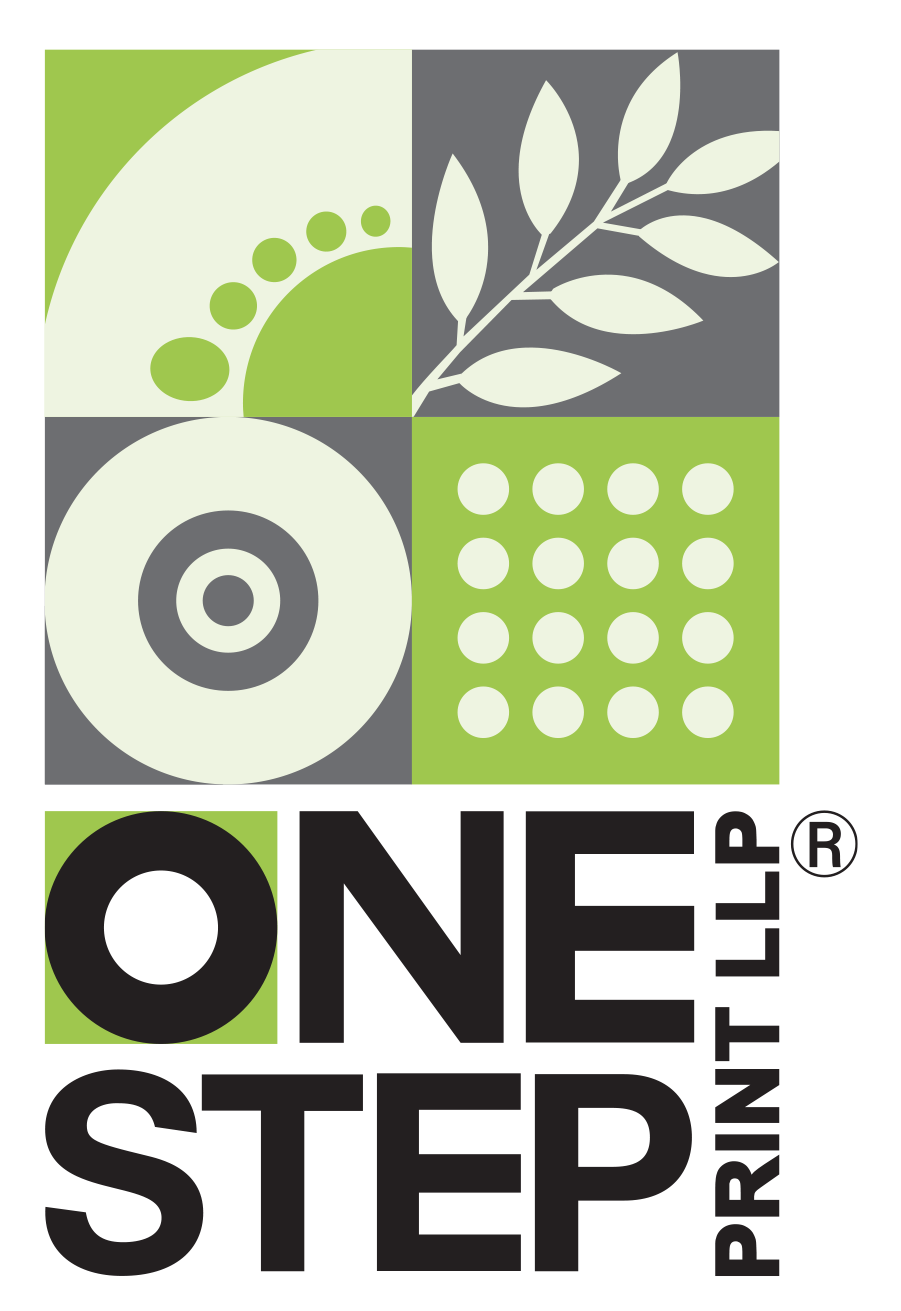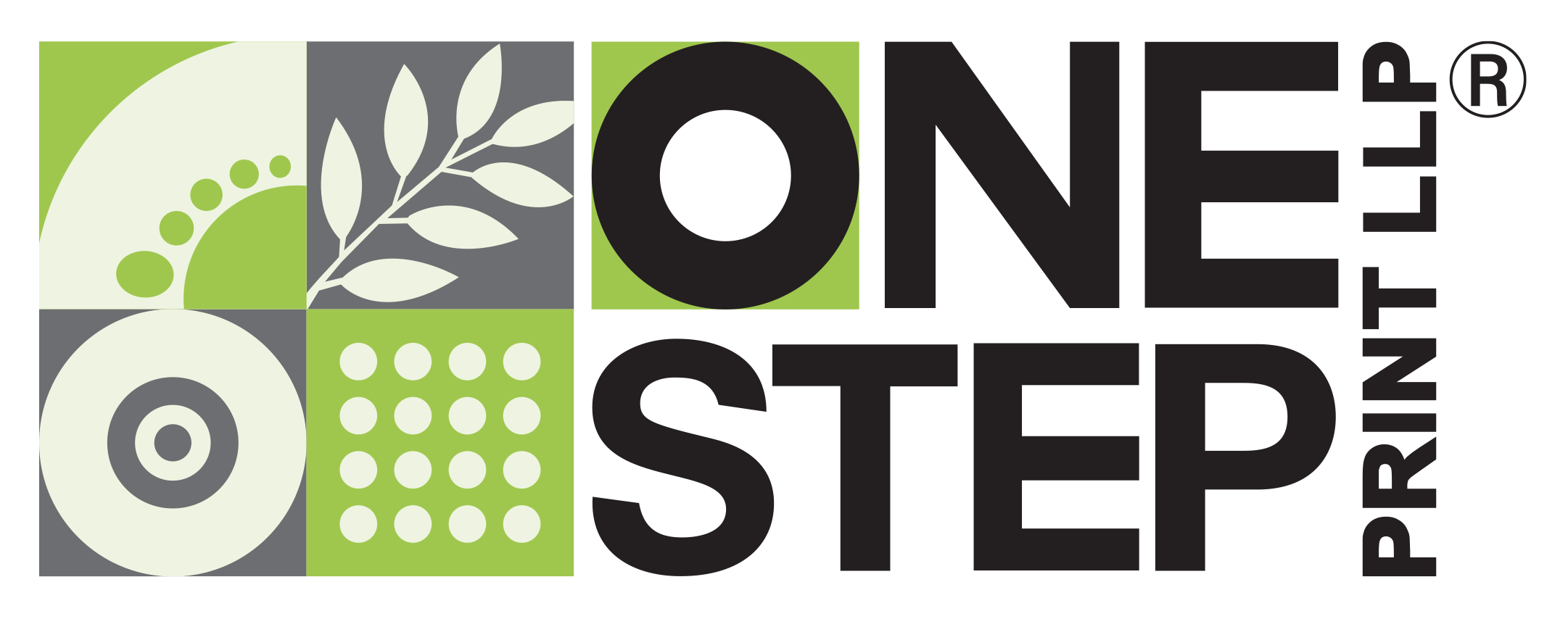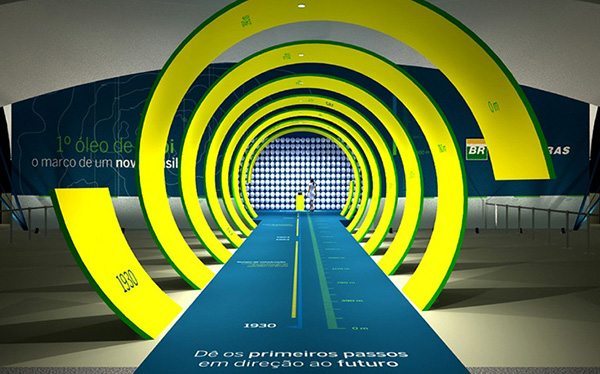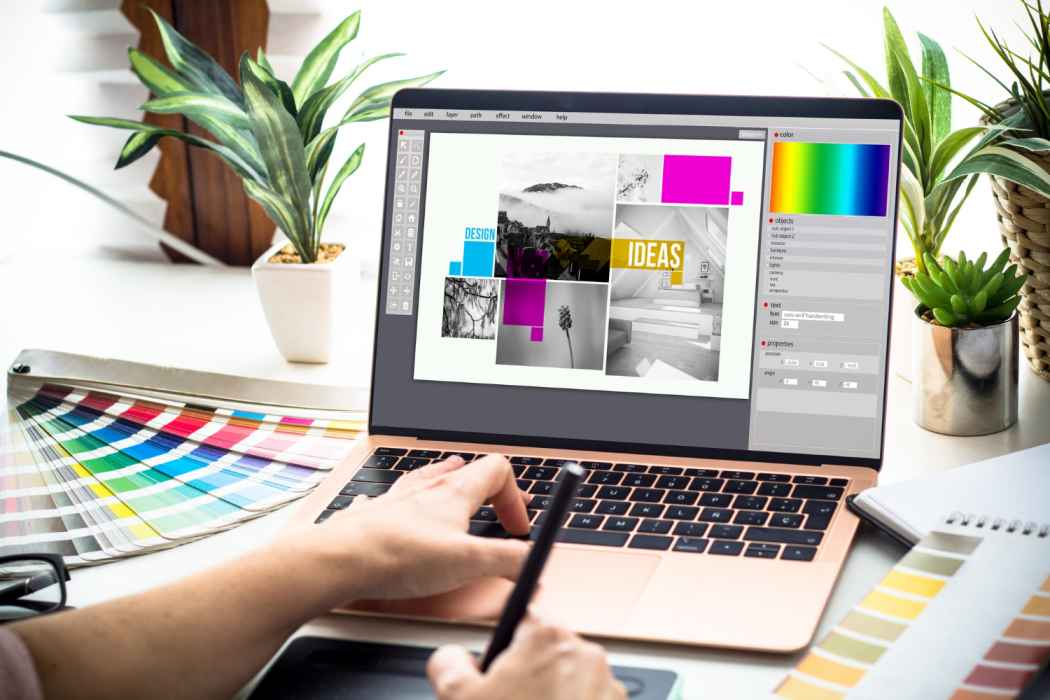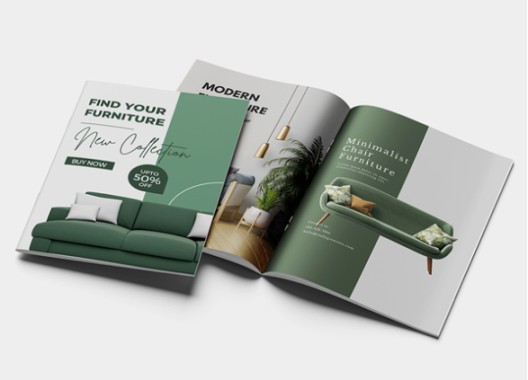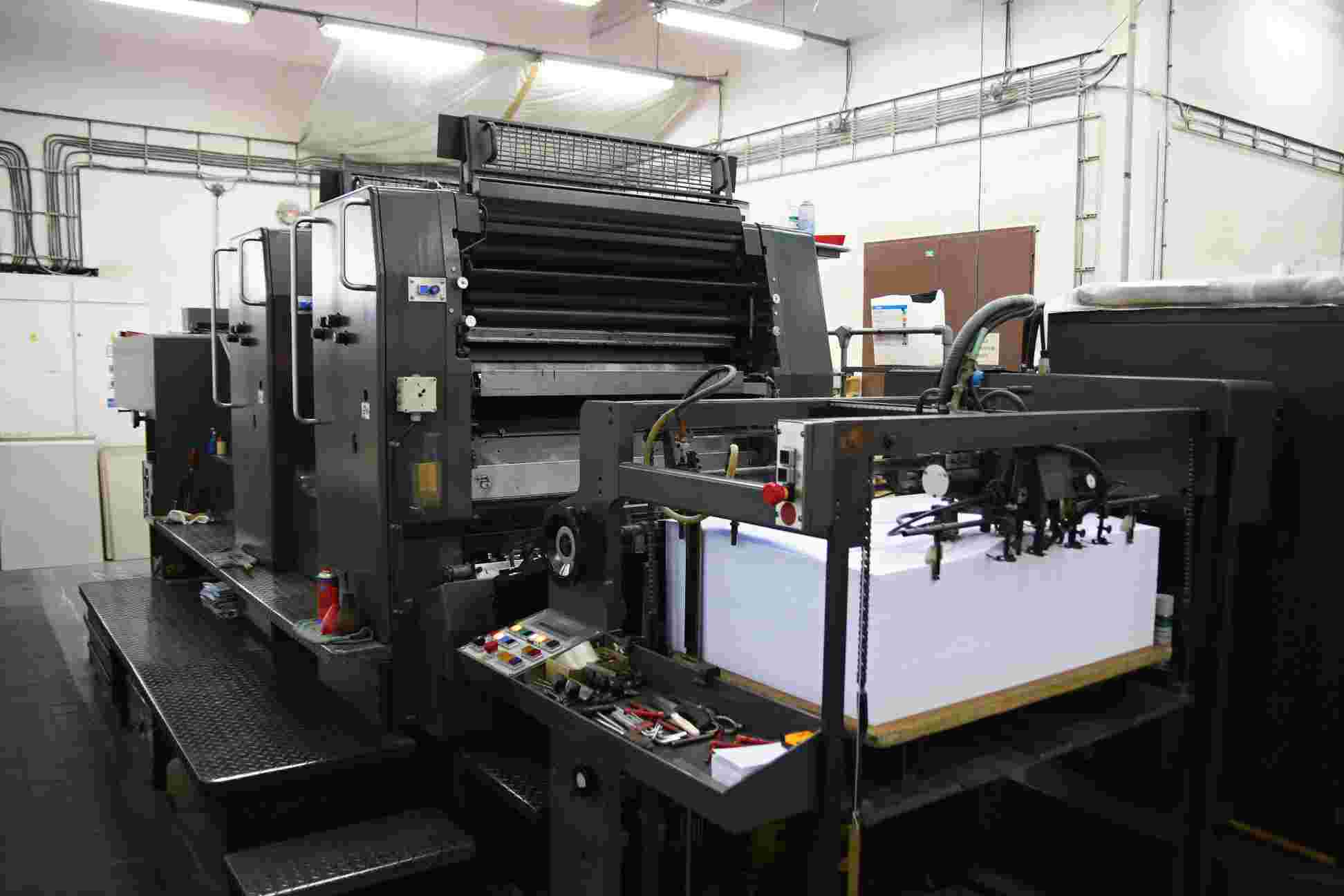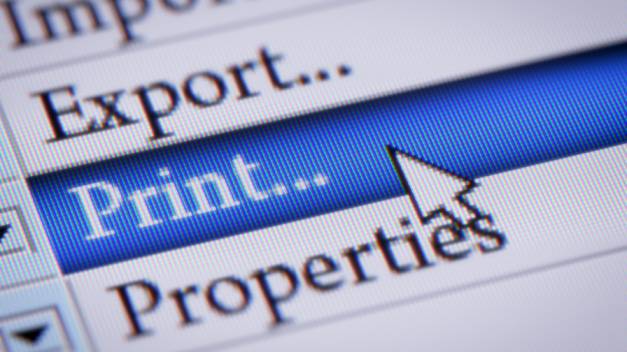ACHIEVING YOUR DESIRED PRINT OUTCOME: PAPER SELECTION CONSIDERATIONS
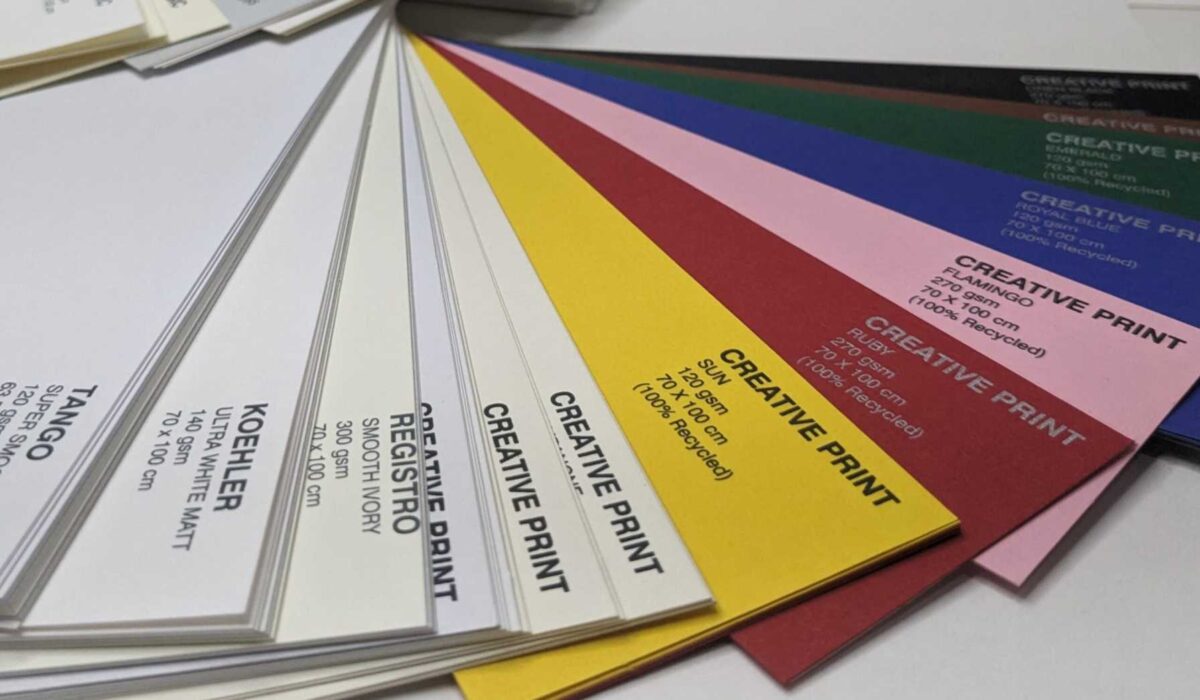
Got a new printing project coming up? Don’t wait! Getting in touch with your print partner early can prevent big problems later on. Making decisions without them could make your project cost more and be less efficient.
To ensure a productive conversation, we asked our own team what questions were most important to address during that first call. Let’s dive in:
1. WHAT TYPE OF PROJECT IS THIS?
It might sound simple, but besides choosing between a brochure or a poster, the big question is what you want the piece to accomplish. If it’s a mailer you need, your representative will suggest the right sizes and help pick paper that won’t cost you too much to send.
TIP :
Make sure you know exactly what kind of piece you’re after and what you want it to achieve. Tell your representative about any special folds or cuts you need, as these can affect the type of paper you’ll need.
2. WILL IT BE HANDLED A LOT?
Whether it’s a postcard heading through the mail, a trade show item, or anything else you expect people to handle often, selecting the right paper and coating becomes important.
TIP:
Consider how many people will handle your piece, how quickly you need it, and the design. Your representative can recommend the best coating to prevent fingerprints and wear and tear.
For instance, some might assume you need a matte sheet for a matte finish, but it might be cheaper to use glossy paper and add a coating to achieve the same effect, plus extra protection and quicker production. Your representative can help with these details.
3. WHAT ARE YOUR BRAND REQUIREMENTS?
While not all companies specify particular paper types or Pantone colors for branded materials, sharing brand-specific requirements can help identify best practices and determine the most suitable equipment for your needs.
TIP:
Keep in mind that the brightness of paper and certain coatings can affect colors. This is particularly noticeable when applying a laminate over a printed piece. To ensure consistency across all your marketing materials, consider using a Pantone color in addition to four-color process printing.
4. IS IT GETTING MAILED?
When making a mailer, how much postage costs is a big deal for your budget. Deciding on its size and type (like postcard, self-mailer, letter, or flat) will decide what kind of paper you need to save on postage.
Where the mail panel goes can also affect the design. It’s smart to tell your designer or agency about this before they start designing the mailer.
TIP:
Using a coating can help minimize damage caused by handling during mailing by post or courier in India.
5. HOW MANY PIECES DO YOU NEED?
Quantity is an important factor that representatives consider when recommending a particular paper or coating. For large volumes on uncoated paper, they might suggest using the offset press with UV inks, which is more cost-effective than the digital press for smaller runs.
TIP:
Different papers may require different presses and inks. If you have a specialty paper in mind, you may be restricted to specific printing devices.
Also, many specialty papers have a minimum quantity requirement. Be sure to confirm with your representative that your run meets the minimum for a specific stock.
6. WHAT’S YOUR DEADLINE?
Usually, the more complicated the piece, the longer it takes to print and prepare. The earlier you tell your rep what you want, the better they can estimate how long it’ll take to make.
TIP:
Save time and money by using “house stocks.” These are papers the printer always has and knows work well.
Many special papers aren’t kept in stock and have to be ordered separately. Check with your rep about possible delays if you’re using one of these papers.
7. WHAT’S YOUR BUDGET?
Make sure to tell us your budget so we can find the right balance between quality and cost.
At Suttle-Straus, we talk with each client to understand what quality they expect and plan a project that meets those standards and fits their budget.
TIP:
Think about your budget when you decide what you want the project to do. Do you need a short-run, fast job? Want something that looks really high-end? A special coating?
All of these details really help your representative plan your project the way you want it. So, make sure to tell us what you need and what you can spend. That way, we can make sure everything turns out just right and fits your budget.
